Grow Rugosa cultivar from seeds in the hips
jujujojo_gw
10 years ago
Related Stories

GARDENING GUIDESYes, You Can Grow Food in a Shady Yard
Your shady garden doesn’t have to be forever barren. Berries, herbs and other shade-loving plants can produce a delicious bounty
Full Story
GARDENING GUIDESWhat Kind of Roses Should You Grow?
Want to add the beauty of roses to your garden? Find out which ones, from old-fashioned to modern, are right for you
Full Story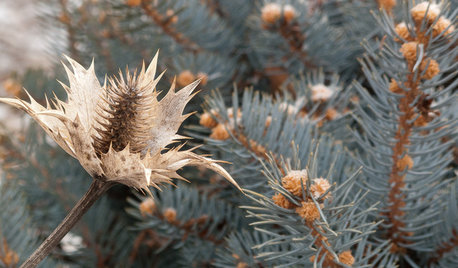
WINTER GARDENINGInspiring Winter Scenes From the Denver Botanic Gardens
Use seed heads, bare branches and grasses to design lovely garden displays when the ground is frozen
Full Story
GARDENING GUIDESGreat Design Plant: Grow Blueberries for Their Fruit and More
Eastern gardeners should consider growing blueberry plants for their delicious fruits, bee-friendly spring blooms and brilliant fall foliage
Full Story
GARDENING GUIDES7 New Plants to Grow for Beautiful Foliage
Add color, structure and interest to your garden with these recently introduced plants that sport exceptional foliage
Full Story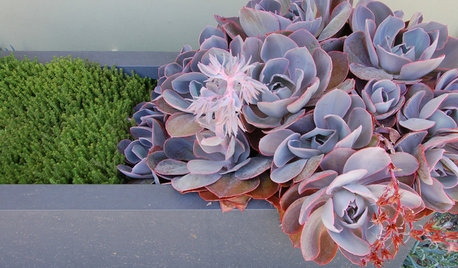
SUCCULENTSGrow a Garden of Succulents for Easy Beauty
Low-water plants in a wide range of colors, shapes and sizes? Sign us up — and check out our faves here
Full Story
EDIBLE GARDENSWhy Grow Quince? For Beauty, Fragrance and Old-Time Flavor
Delightfully perfumed fruit and lovely spring blossoms make this apple and pear cousin worth a spot in the garden
Full Story
NATIVE PLANTSGreat Native Plant: Grow Wild Quinine for Its Unique Clusters of Blooms
Get connoisseur cred and unique blooms with this uncommon plant. Bonus assets: It’s low maintenance and drought tolerant
Full Story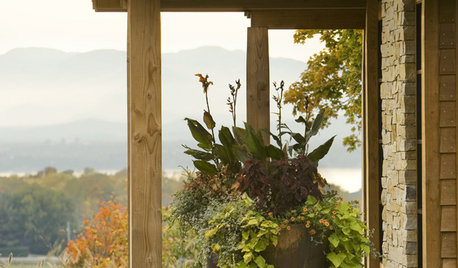
GARDENING GUIDESGrow a Beautiful Fall Garden in a Pot
Welcome autumn with 7 gorgeous plants that thrive in containers and enliven your porch or patio throughout the cooler season
Full Story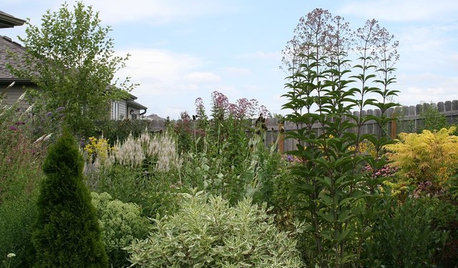
GARDENING FOR BUTTERFLIESGreat Design Plants: A Bevy of Beauties from the Meadow
Draw butterflies, birds and bees to the garden year-round with these low-maintenance Eupatorium varieties
Full StoryMore Discussions








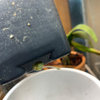
seil zone 6b MI
jujujojo_gwOriginal Author
Related Professionals
Surprise Landscape Architects & Landscape Designers · Clark Landscape Architects & Landscape Designers · Roosevelt Landscape Architects & Landscape Designers · Broadlands Landscape Contractors · Flagstaff Landscape Contractors · Leicester Landscape Contractors · Little Ferry Landscape Contractors · Rosemount Landscape Contractors · Salmon Creek Landscape Contractors · Westford Landscape Contractors · Grand Rapids Roofing & Gutters · Walnut Creek Roofing & Gutters · West Chester Roofing & Gutters · Burlington Roofing & Gutters · Port Neches Roofing & GuttersIgor Butorsky
gagalzone8
Vaporvac Z6-OhioRiverValley